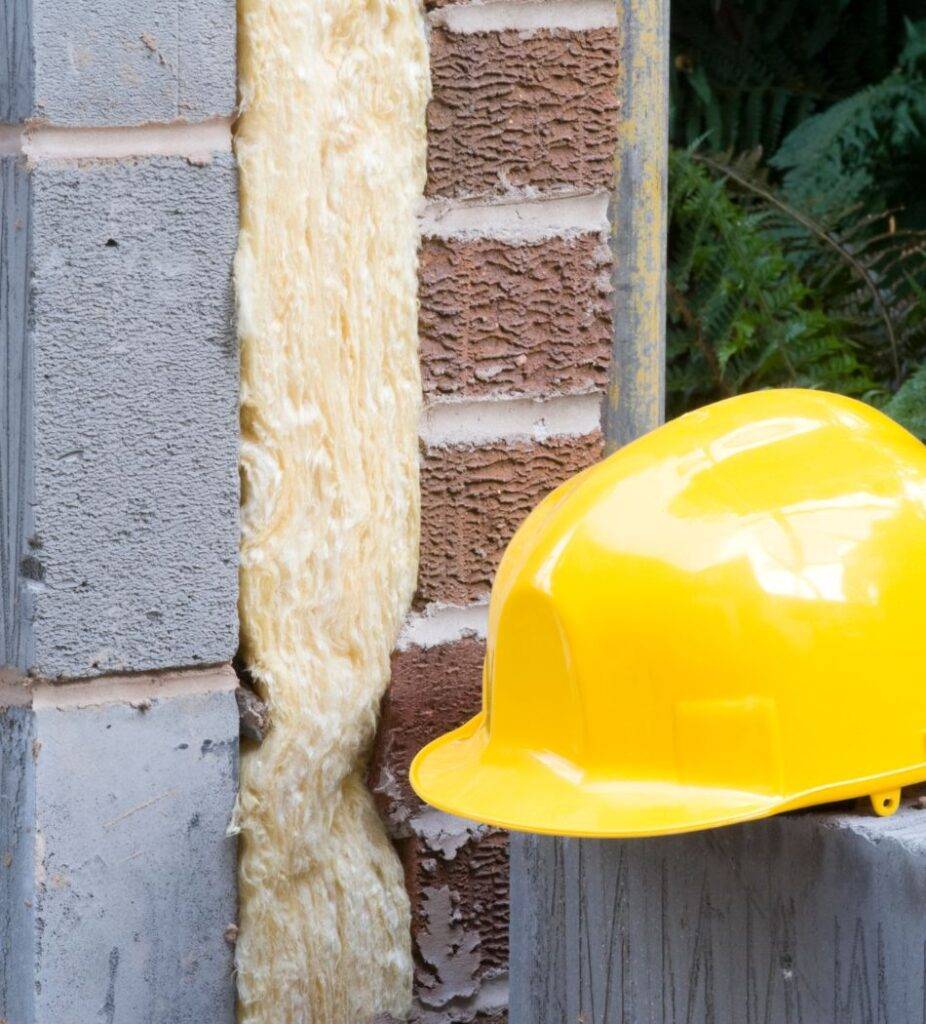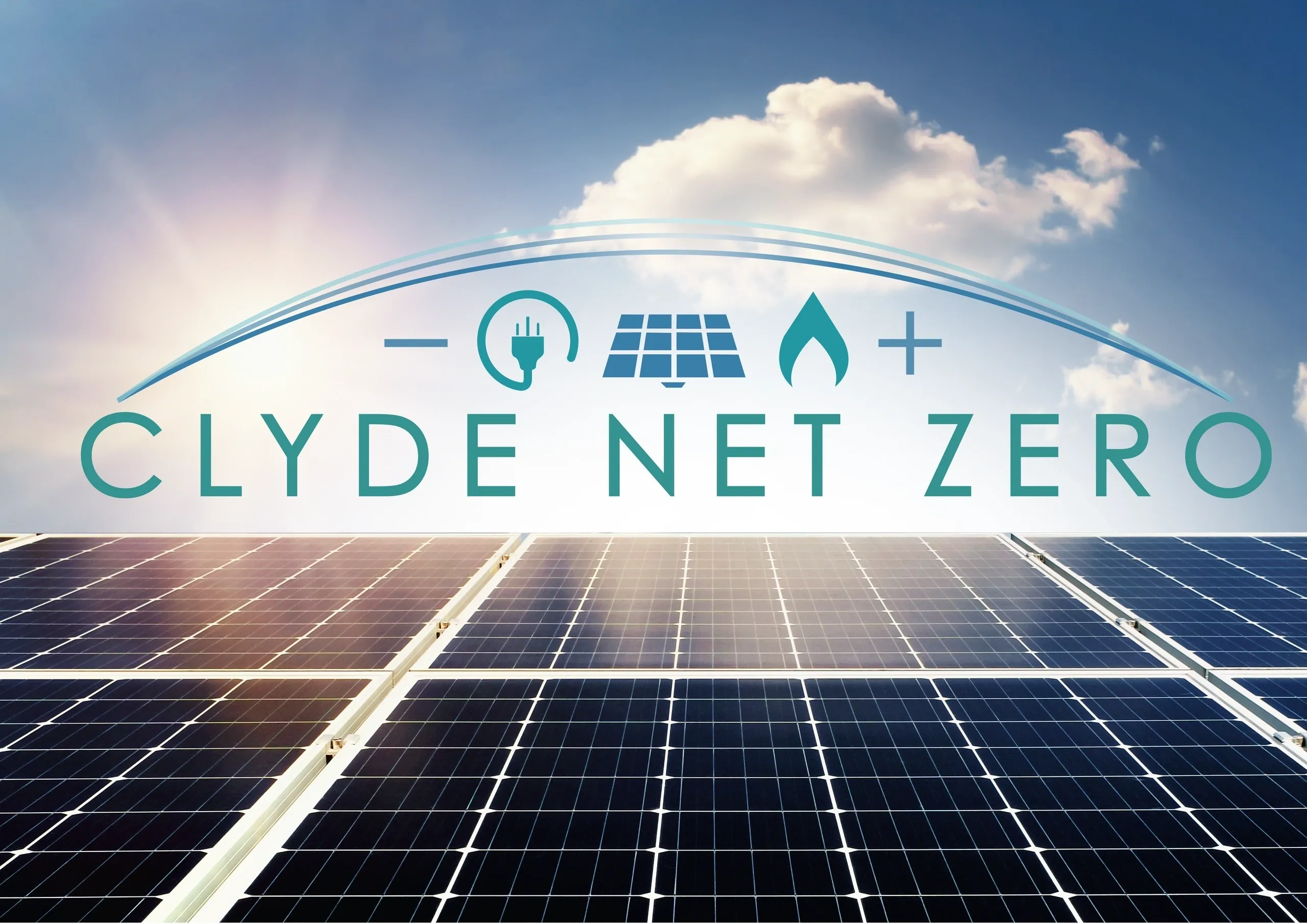Grant Funding Available for
Cavity Wall Insulation
If your home was built after the 1920’s, you may be eligible for cavity wall insulation. Cavity wall insulation could cut your energy usage significantly. To find out if you might be eligible for funding for cavity wall insulation, enter your postcode and details, and we will check your eligibility and get back to you with a free report!
Heat loss reduction
Reduced carbon emissions
Improved EPC rating
Significant savings on energy bills
Keep your home warmer
Cavity Wall Insulation in Scotland

What is a Cavity Wall?
If your home was built after the 1920’s, your property may have a cavity wall.
Cavity wall insulation involves filling the gap between the inner and outer walls of a property with insulation material. Cavity walls have one internal wall, and one outer wall, with an air gap (cavity) in between. Properties were built with cavity walls so that moisture that travelled through the external brick could drain away, but modern day technology means that we can now insulate walls without compromising the purpose of the cavity.
Cavity wall insulation involves filling the gap between the inner and outer walls of a property with insulation material. Cavity walls have one internal wall, and one outer wall, with an air gap (cavity) in between. Properties were built with cavity walls so that moisture that travelled through the external brick could drain away, but modern day technology means that we can now insulate walls without compromising the purpose of the cavity.
The benefits of Cavity Wall Insulation:
Reduced heat loss
Cavity wall insulation can help to reduce heat loss from the property by up to 35%. This means that the property will be warmer in winter and cooler in summer, which can lead to increased comfort and lower heating bills.
Energy savings
By reducing heat loss, cavity wall insulation can help to reduce the amount of energy required to heat the property. This can result in lower energy bills and savings on household energy costs.
Improved energy efficiency
Cavity wall insulation can help to improve the overall energy efficiency of the property, which can contribute to a more sustainable lifestyle and help to protect the environment.
Noise reduction
Cavity wall insulation can also help to reduce noise levels within the property by absorbing sound and reducing the transmission of sound waves.
Increased property value
Cavity wall insulation is a cost-effective home improvement that can increase the value of the property. It is an attractive feature for potential buyers and can contribute to a more energy-efficient and comfortable living environment.
Improved health
By improving the energy efficiency and comfort of the property, cavity wall insulation can also contribute to improved health and well-being. A warmer, more comfortable living environment can help to reduce the risk of health problems associated with cold and damp conditions, such as respiratory illnesses and arthritis.
Our Accreditations




What is Cavity Wall Insulation?
Cavity wall insulation is a process of filling the gap or cavity between the inner and outer walls of a property with insulation material. This cavity is typically found in properties built after the 1930s and is usually around 50mm to 100mm wide.
The insulation material is typically made from mineral wool, polystyrene beads, or foam. The insulation material is blown into the cavity through small holes drilled into the outer wall, which are then sealed once the insulation has been installed.
The purpose of cavity wall insulation is to reduce heat loss from the property, which can help to improve energy efficiency and reduce heating bills. By filling the cavity with insulation material, the insulation helps to trap heat inside the property, preventing it from escaping through the walls.
The insulation material is typically made from mineral wool, polystyrene beads, or foam. The insulation material is blown into the cavity through small holes drilled into the outer wall, which are then sealed once the insulation has been installed.
The purpose of cavity wall insulation is to reduce heat loss from the property, which can help to improve energy efficiency and reduce heating bills. By filling the cavity with insulation material, the insulation helps to trap heat inside the property, preventing it from escaping through the walls.

I recently worked with Lenlay Energy Consultant to improve the energy efficiency of my home, and I couldn't be happier with the results. Their team of consultants were knowledgeable and professional, and took the time to understand my specific needs and goals. They provided me with a detailed report outlining the changes I could make to my home, and I've already noticed a significant reduction in my energy bills. I would highly recommend Lenlay Energy Consultant to anyone looking to improve their energy efficiency!
- Sarah H.
I run a small business, and was looking for ways to reduce our energy costs. Lenlay Energy Consultant came highly recommended, and I can see why. Their consultants were thorough and detailed, and provided me with a range of recommendations to help reduce our energy consumption. They also helped me secure some funding to implement some of the recommendations, which was a huge help. Since working with Lenlay Energy Consultant, we've seen a significant reduction in our energy bills, and I couldn't be happier with the service we received.
- David L.
Lenlay Energy Consultant provided us with an energy audit of our office building, and we were blown away by their level of expertise and attention to detail. They provided us with a comprehensive report that not only identified areas for improvement, but also included detailed cost estimates for each recommendation. Their team of consultants were friendly and professional, and made the entire process painless. We've already implemented several of their recommendations, and have noticed a significant reduction in our energy bills. I would highly recommend Lenlay Energy Consultant to any business looking to improve their energy efficiency.
- Fiona M.
Lenlay Energy Consultant helped me reduce my energy consumption and bills through a home energy audit. Their team of consultants were very knowledgeable and took the time to explain everything to me in detail. They provided me with a detailed report that included a list of recommendations, and helped me prioritize the changes that would have the greatest impact. They even helped me secure some funding to implement some of the changes. Since working with Lenlay Energy Consultant, I've noticed a significant reduction in my energy bills, and would highly recommend their services.
- Tom M.
I had a great experience working with Lenlay Energy Consultant on a renewable energy feasibility study for my business. Their team of consultants were very knowledgeable about the latest technologies and incentives, and helped me understand the potential benefits and costs of implementing renewable energy sources. They provided me with a detailed report that included a range of options, and helped me choose the most cost-effective and efficient solution for my business. I'm very happy with the results, and would highly recommend Lenlay Energy Consultant to anyone interested in exploring renewable energy options.
- Emily W.
If your property was built after the 1920’s and has unfilled cavity walls, then cavity wall insulation can be an effective way to reduce heat loss and save on energy bills. It is estimated that cavity wall insulation can reduce heat loss by up to 35%!
However, if your property has solid walls or is already insulated, then cavity wall insulation may not be necessary. Solid walls can be insulated with external or internal insulation, while existing insulation can be topped up or replaced with newer materials.
To determine whether or not you need cavity wall insulation, get in touch with us today and one of our friendly energy consultants will be happy to help!
However, if your property has solid walls or is already insulated, then cavity wall insulation may not be necessary. Solid walls can be insulated with external or internal insulation, while existing insulation can be topped up or replaced with newer materials.
To determine whether or not you need cavity wall insulation, get in touch with us today and one of our friendly energy consultants will be happy to help!
We might be able to help ease the cost of insulating your home with funding towards free cavity wall insulation. To find out if you might be eligible, get in touch with us today and one of our friendly energy consultants will be happy to help.
Before installing cavity wall insulation, an installer will prepare the property by sealing any gaps or cracks in the walls and ensuring that the walls are dry and free from debris. The installer will then drill small holes into the outer wall of the property, typically around 22mm in diameter, at regular intervals, usually at 1m intervals. Once the holes are drilled, a special machine is used to blow the insulation material into the cavity until the cavity is completely filled, ensuring that it is evenly distributed. Once the insulation has been installed, the installer will seal the holes with mortar or plastic plugs, leaving a tidy and discreet finish.
The installation process for cavity wall insulation can vary depending on the size of your property and the complexity of the installation. However, most installations can be completed in a day or two.

Cavity Wall Insulation Across Scotland
-
- Aberdeen
- Dundee
- Edinburgh
- Glasgow
- Inverness
- Perth
- Stirling

